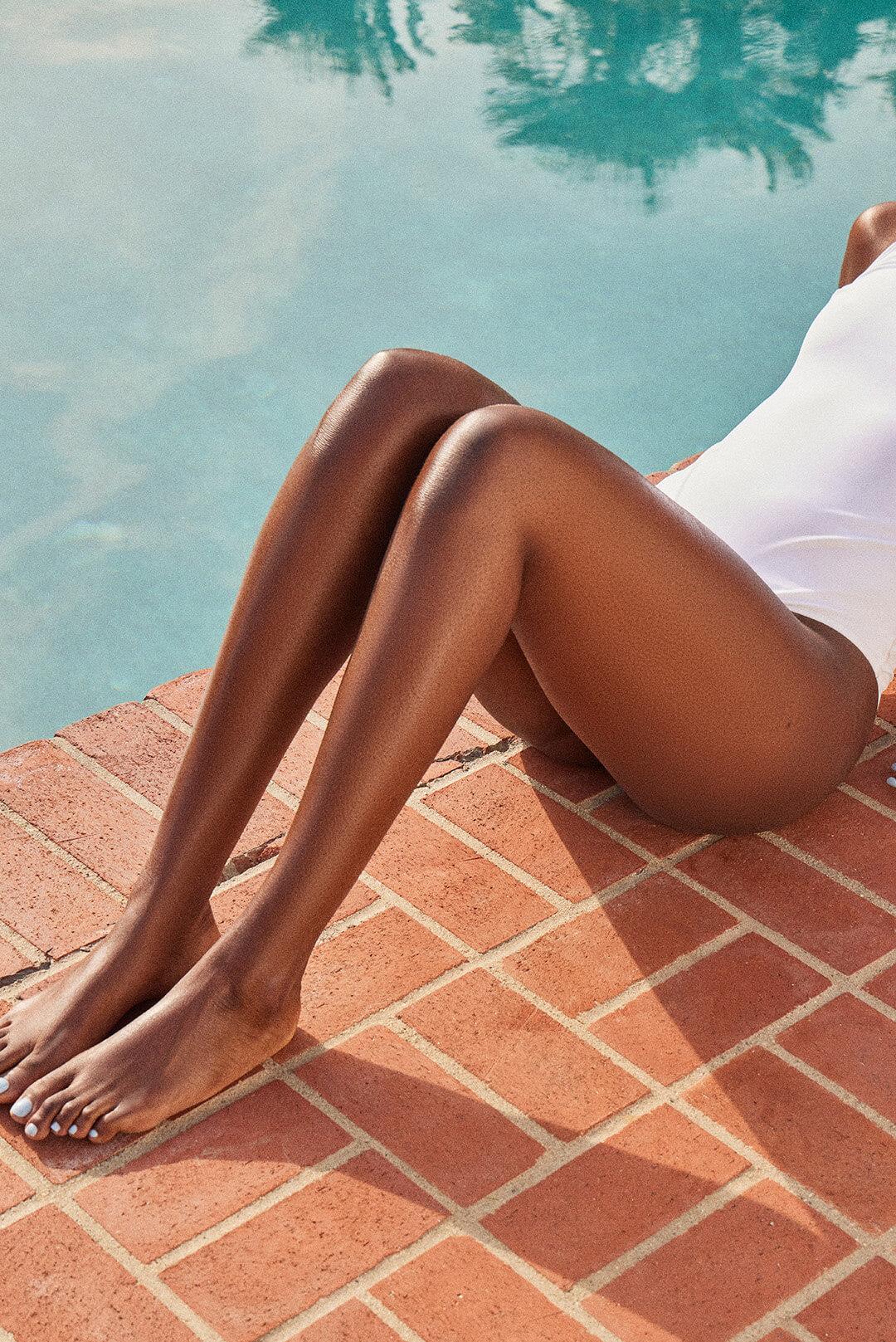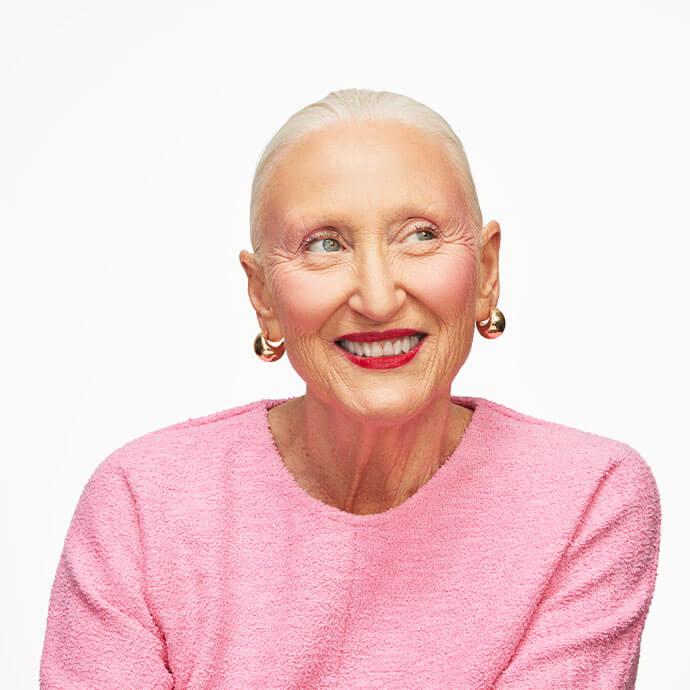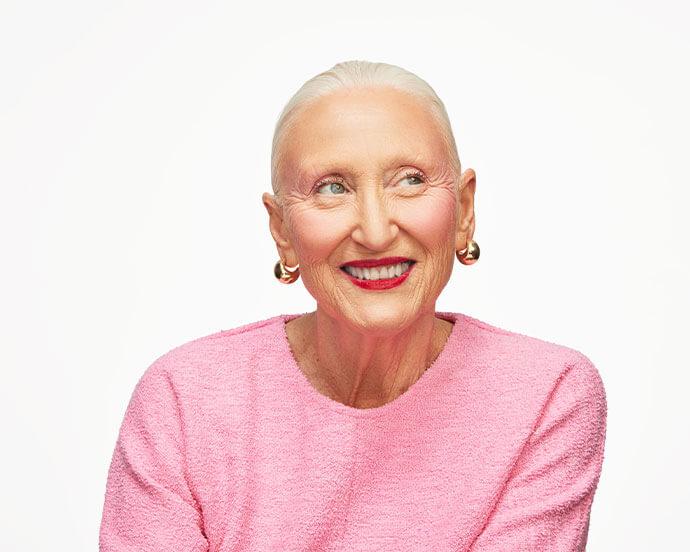How to Prevent Ingrown Hairs After a Waxing: 10 Tips Your Esthetician Wants You to Know



IPSY Editors


If you’ve ever had an ingrown hair before, you know how painful they can be. “Ingrown hairs occur when your hair follicle (aka pore) gets clogged with dead skin, dirt, and debris, and the hair takes an alternative growth pattern often at an angle or inwards. Bacteria and inflammation is introduced, leading to redness and often pus,” says Jill Skibba, lead waxing educator at Cheeks + Co.
A buildup of dead skin cells and oil can easily clog any hair follicle and prevent hairs from growing straight out at the root. It’s almost like a splinter, and as a result, you can have tiny whiteheads or little red bumps form—and that’s no fun.
Ingrown hairs don’t typically happen on your scalp. And if you do have one up there, you’ll likely never notice because our scalps are regularly exfoliated whether we mean to do so intentionally with products or when we’re working shampoo through our hair as normal. Ingrown hairs are more common on your legs, your underarms, and especially on your bikini line (really, anywhere you are repeatedly using methods of hair removal, including shaving and most certainly waxing).
Everyone wants smooth, soft skin. That’s why many resort to waxing over shaving their hair, as this hair-removal method keeps regrowth away for longer periods of time and eventually leads to hair growing in much thinner. But ingrown hairs don’t have to be an inevitable hurdle following your waxing session. Instead, let us share all of our best tips for how to prevent ingrown hairs after waxing, straight from the experts. You can put the tweezers away, because bumpy skin will be a thing of the past with these ingrown-hair tips!


It's about glam time you treated yourself.
MEET THE EXPERT
Jill Skibba is the lead waxing educator at Cheeks + Co with over 20 years experience in full-body waxing. Jill specializes in speed waxing, using a custom hybrid of hard and soft wax.
Allison Pratt is an esthetician at VSPOT in New York City. Their signature service, called the “vajacial," turns a Brazilian wax into a spa-like experience with detailed care and skincare products for post-waxing.
How to Prevent Ingrown Hairs After Waxing
1. Prep for Your Waxing Appointment
Don’t worry—you don’t have to do anything major. But just as you would want to show up to a facial with minimal makeup on, you’ll want to take a couple of measures before your wax appointment.
“You want to have clean, dry skin. We recommend not applying lotions or creams before your appointment, as that may affect how well the wax adheres to the hairs. Hair should be at least the length of a grain of rice, meaning about a week from the last shave or three weeks from the last wax,” says Allison Pratt, an esthetician in New York City.
She also notes, you wouldn’t want to come in for a wax of any area if you have a sunburn. If you’re focusing on your bikini area or going for a full Brazilian wax and you have a UTI or yeast infection—It’s best to reschedule until the condition has subsided.
2. Avoid Exfoliating Directly After
Stop right there and put the sugar scrub down! “You want to give it five days before or after a wax to exfoliate your skin or shave. This will reduce irritation,” says Pratt. This means both physical and chemical exfoliating products. Take it easy—the wax appointment itself was a huge exfoliating treatment to whatever area hair was removed from. Your freshly waxed skin will be vulnerable for a few days.
3. Take It Easy With Self Care After
You might have your waxing treatment schedule smack in the middle of all your errands. Fair enough, we’ve been there. However, it’s best to avoid certain activities for at least 24 hours after your wax. “You want to avoid workouts, cycling, sauna, suntanning, or pools for 24 hours after your wax,” says Pratt. Avoiding tight-fitting clothing (like workout leggings) is also recommended to let the skin breathe.
4. What If I See Whiteheads?
We’ve been there. Don’t panic, you’re in the right place reading through these tips! “If whiteheads occur directly after a wax, it usually happens if the wax is too hot or you worked out or sweat a lot directly after your wax,” says Pratt.
If that’s the case, use hydrocortisone cream on the area to calm down the waxed area. But, if it’s been a few days and the whiteheads are becoming more consistent, “that’s a sign you need to exfoliate (at least five days after your wax!) and nourish your skin with a skincare regimen,” adds Pratt.
5. Avoid Heavy Lotions
Moisturizing is important, but it’s possible you can overdo it with the wrong formulas. “Ingrown hairs happen when a growing hair cannot break through the opening of the pore of the skin. The most common reason this occurs is when the opening of the pore is being blocked by dead skin. I also see them a lot in my clients who use filmy, lotion-like body washes or soaps, even ones that are hypoallergenic and fragrance free,” says Pratt.
You don’t need to throw your beloved body wash away, but consider trying something else—ideally one that isn’t too creamy when washing areas you remove hair from.
6. Only Let Estheticians Wax You
This should go without saying, but if you’ve ever been tempted to do a quick wax at a nail salon, this tip is for you. We’re dealing with skin here, and in sensitive areas. In this case, dermatologists and estheticians know best, and they know how to avoid risk of infection.
“Ingrown hairs can also happen if the hair breaks instead of being pulled out during a wax, so making sure you have a skilled esthetician is key here,” says Pratt. An esthetician will use sanitary processes and prep the skin correctly. They’ll also send you home with expert after-care advice following your appointment and be a resource should you need further guidance as hair grows back.
7. When In Doubt, Seek Extractions
For some, ingrown hairs can be a problem that doesn’t seem to go away. This is likely because of the texture of your hair or your skin type. Some people produce more sebum than others, which can buildup and lead to clogged hair follicles. But not all hope is lost: “If ingrown hairs are a real problem, we can do extractions,” says Pratt.
8. You Can Use Acid Exfoliants
You likely have a toner within your skincare products that can come in handy if you’re prone to ingrown hairs. “Use chemical exfoliants to break up the dead skin every other day, and an antibacterial ointment if the area is inflamed. Keep the area hydrated and clean to prevent them from getting worse,” says Pratt. Always patch-test a small area with a cotton round before treating the entire area. Look for something containing glycolic and/or salicylic acids to use post-wax and as hair growth occurs. “We recommend a stronger post-waxing product like FUR’s Ingrown Eliminator, which has lactic acid and witch hazel to prevent pustules and white heads,” says Skibba.
9. Use an Ingrown-Hair Serum
“Because the hair follicle is exposed and oftentimes irritated from the nature of waxing, the pore gets clogged with dirt, debris, and bacteria as the new hair grows out incorrectly. Using a post-wax oil or treatment helps keep the skin lubed up and prevents bacteria,” says Skibba.
For healthy skin post-wax, hydration helps. Pratt recommends VSPOT Phyto Hydrating Serum or INA LABS Hydrating Intimate Serum. “We love and use FUR products, and as a general product for everyone, we recommend the FUR Oil,” adds Skibba.
10. Dry Brush Before Showers
For extra exfoliating measures, dry brushing is always a good idea. Whether you wax or not, you should be dry brushing to exfoliate your skin, improve circulation, and improve overall skin texture.
Looking for more tips on how to take care of your skin? Take our Beauty Quiz now to get started with your own beauty subscription. Already a member? Refer your friends to earn points, which you can use toward products. Either way, don’t forget to check us out on Instagram and TikTok @IPSY.
Like this article? Share it with your friends by clicking the icons below!
Liked this post? Share!
Related Stories


Skin
How to Adjust Your Skincare Routine for Mature Skin in the Winter
Published on Dec 4, 2025 • 7 min read


Skin
Meet the Best Moisturizers for Winter, According to Dermatologists
Published on Dec 1, 2025 • 9 min read


Skin
What Is Inflammaging—and Why Everyone’s Talking About It
Published on Dec 1, 2025 • 8 min read


Skin
6 Skincare Trends to Have on Your Radar in 2026, According to Experts
Published on Dec 1, 2025 • 7 min read


Skin
We Grabbed Our Crystal Ball and Found These 6 Skincare Predictions for 2025
Published on Dec 10, 2024 • 7 min read


Skin
Simple Self-Care Tips That Actually Make a Difference
Published on Nov 13, 2025 • 12 min read


Skin
These 9 Face Scrubs Will Unlock Soft and Smooth Skin on Contact
Published on Nov 5, 2025 • 10 min read


Skin
10 Thanksgiving Foods That Will Have Your Skin Coming Back for Seconds
Published on Oct 15, 2025 • 7 min read


Beauty Picked Just for You
Get 5 products worth up to $70
Plus exclusive access to epic deals up to 80% off
Starting at just $14/month. Cancel anytime.